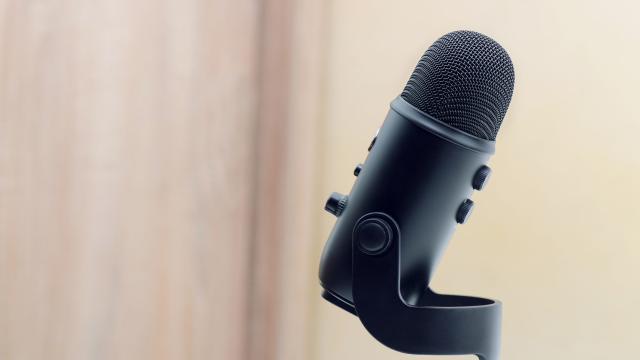So you’ve finally decided to start recording that great podcast idea you’ve been toying around with for the past few months, or you’re looking to record yourself practising singing. While you can just pick up any old microphone and start recording, some mics are better suited to some tasks than others. And when it comes to ease of use, you shouldn’t pass up a USB microphone.
To help you finally flip that Now Recording switch on, we’ve broken down the different kinds of mics you can pick up as a beginner and the best uses for them. Whether you’re looking to start streaming or podcasting, want to record yourself performing music, or maybe you just need something you can use to chat with teammates while gaming, these are the USB microphones that’ll help meet your needs.
USB microphones vs. XLR microphones
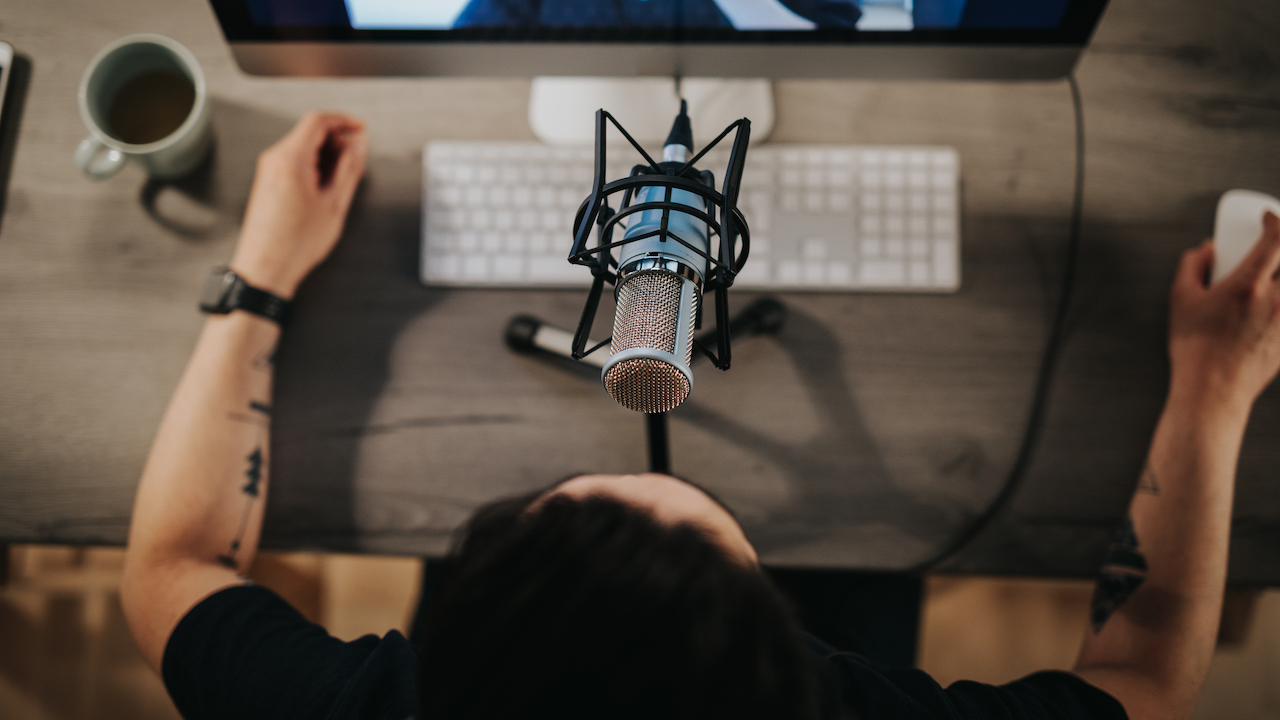
A USB microphone is exactly what it sounds like – a microphone that you can plug straight into one of your computer’s USB port.
An XLR microphone is a more heavy-duty option, but it’ll give you the most professional-sounding result when compared to all other microphones. It’s the type of microphone used by a musician when performing live or by someone hosting a radio show.
XLR microphones are more versatile when it comes to picking a mic that fits your recording needs, and can give you the clearest audio recording possible. If you’re a musician and want multiple microphones set up when recording, an XLR mic is your best option.
If you’re recording through your computer, you’ll need an audio interface or mixer to run the XLR cable through. If you’re just starting out and working on a budget, this probably isn’t the option for you. But if you need the absolute best sound quality possible and are willing to pay for it, an XLR microphone is what you want.
[related_content first=”1238281″]
Check the polar pattern
When it comes to picking out a mic, one of the most important things you need to know is what the device’s polar patterns are. The polar pattern determines how sensitive the mic is to the various directions that sound approaches it. Put simply, this sensitivity determines what the mic will or won’t pick up when recording.
- Cardioid: This pattern is predominately sensitive to sounds approaching from the front of the mic.
- Bidirectional: Also known as “Figure of 8”, this pattern is sensitive to sounds approaching the front and back of the mic.
- Omnidirectional: As its name suggests, this pattern is sensitive in every direction.
Which microphone should you pick?
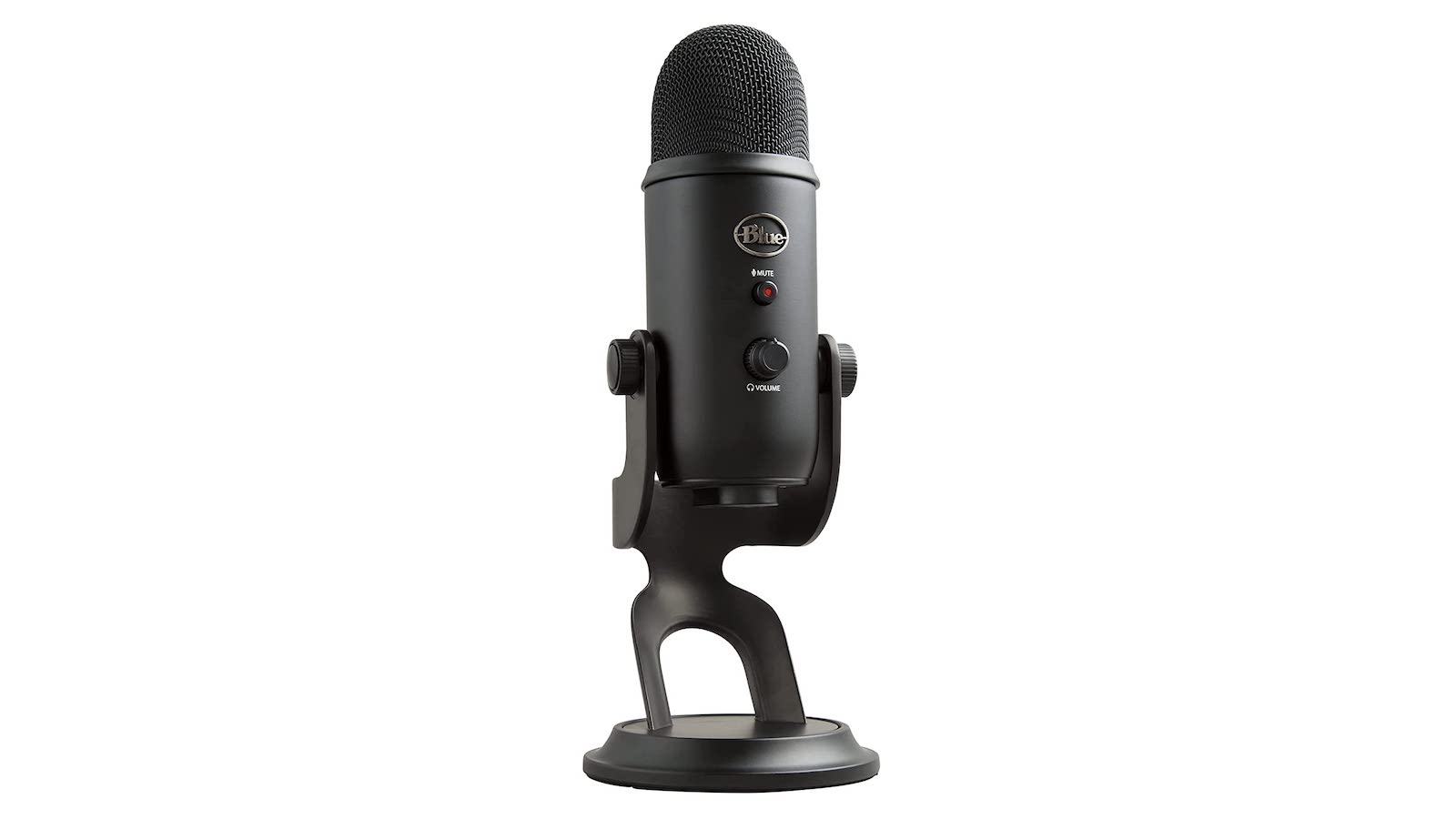
When it comes to picking out a new microphone, like most pieces of technology, the higher the quality of the device, the higher the price tag. If you’re dipping your toe into a new creative field that price barrier can feel like a deterrent. You want something good, but you also don’t want to drop a huge wad of cash on Day One.
If you’re after an all-in-one mic that you can use for streaming/podcasting/recording some tunes, you’ll want to grab one of the best all-rounder USB microphones.
If you’ve spent any amount of time researching USB mics, you’ve most likely run into a recommendation for the Blue Yeti, and it’s not hard to understand why.
This mic comes with a tri-capsule array, giving you a wide range of versatility when it comes to recording your voice. You can set it to three different polar patterns – cardioid, bidirectional and omnidirectional. Unlike most USB mics, the Yeti lets you record in stereo making it a great option for the budding musician.
Where to buy the Blue Yeti USB Mic: Amazon Australia ($151.20) | Catch ($189) | eBay ($184.95)
Best microphone for gaming/streaming: Razer Seiren X

Razer is a pretty reliable go-to when it comes to PC gaming accessories, so it makes sense that they’d do a solid job with their streaming microphone, the Seiren X.
The microphone has a supercardiod polar pattern, which helps to isolate your voice when streaming, so you won’t need to worry about any unnecessary background noise being picked up while you’re gaming.
It comes with a built-in shock mount, which will dampen any vibrations – like knocking your desk a bit too hard – from disturbing your recording.
Where to buy the Razer Seiren X: Catch ($99) | eBay ($89) | Razer ($128.95)
Alternative USB gaming/streaming mic options:
- Elgato Wave 3: Amazon Australia ($209) | eBay ($259) | Kogan ($239)
- HyperX QuadCast: Amazon Australia ($164) | eBay ($239) | Kogan ($198)
Best microphone for podcasting: Blue Snowball iCE
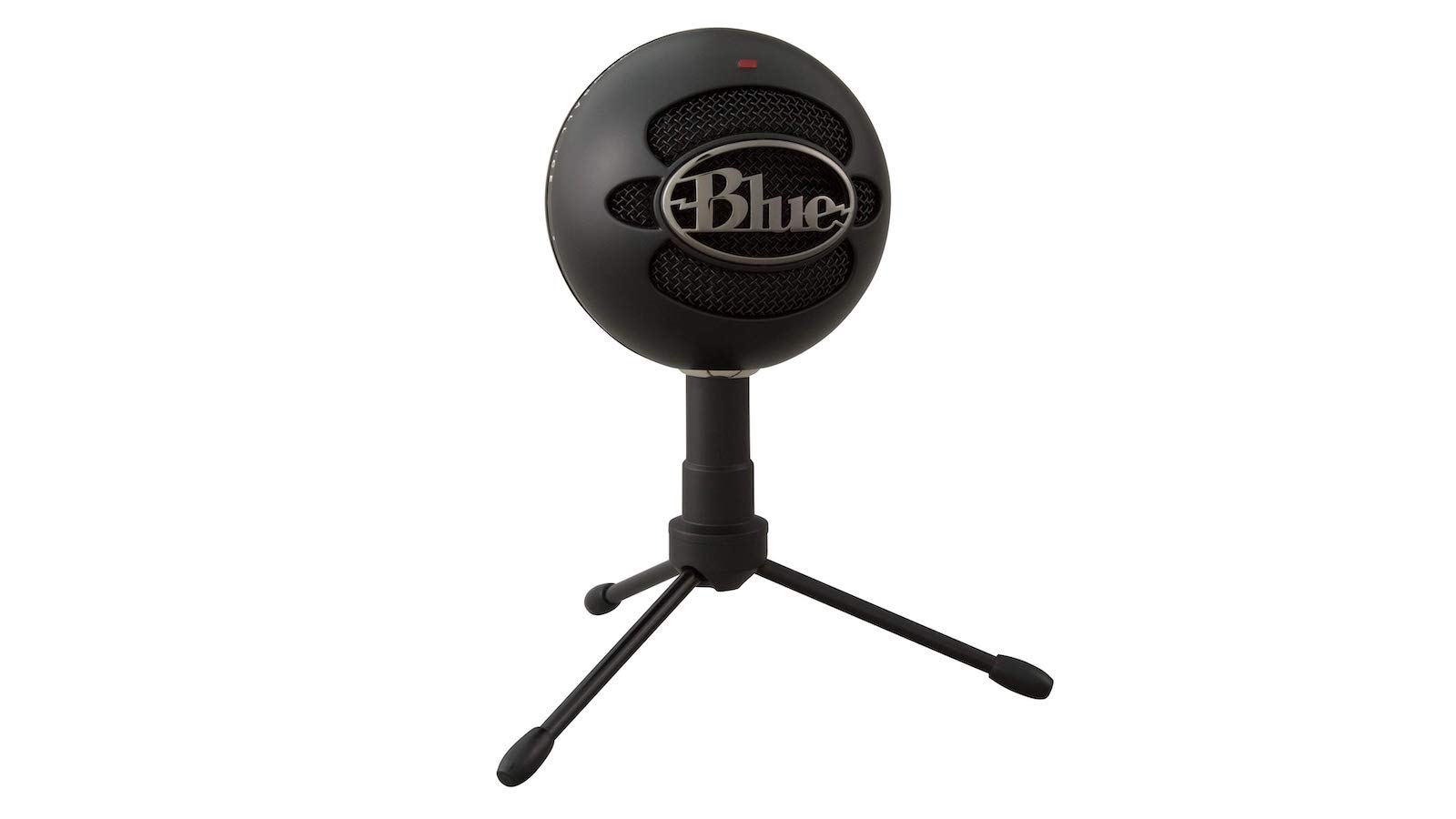
If you’ve listened to enough podcasts you can easily tell the difference between one that used a professional setup, and one that was clearly just recorded on their laptop’s in-built microphone.
The Blue Snowball iCE is a great option for a podcasting microphone because it’s extremely easy to set up and can capture crystal clear audio.
Compared to most other beginner microphones that sit in the early to mid-$100 range, the Snowball iCe is considerably cheaper, without compromising on quality. If you want something with a little extra go, the standard Snowball microphone isn’t a bad choice either.
Where to buy the Blue Snowball iCE: Amazon Australia ($71.20) | Catch ($80) | eBay ($92.95)
Alternative USB podcasting mic options:
- Samson Go Portable Mic: Amazon Ausralia ($48.99) | eBay ($69.44) | Kogan ($39.99)
Best microphone for musicians: Rode NT-USB Mic
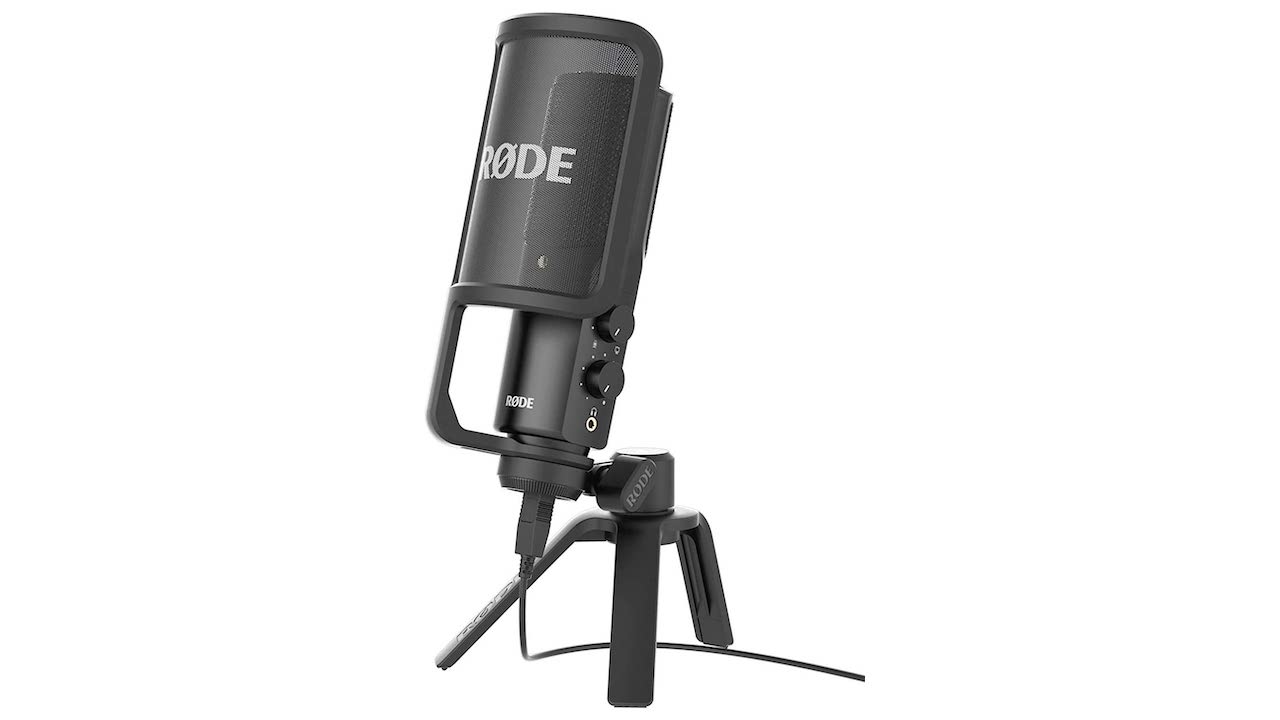
As far as audio brands go, Rode is one of the most respected. The NT-USB microphone is designed with musicians in mind and is highly versatile when it comes to recording both vocals and instrumental performances.
This USB mic comes with a zero-latency headphone jack that lets you monitor the input, and in-built control dials that let you adjust the monitoring level and mix on the fly.
Where to buy the Rode NT-USB: Amazon Australia ($189) | Catch ($195.95) | eBay ($183.45)
Alternative USB musical mic options:
- Samson C01U Pro: eBay ($189) | Kogan ($83.99)
- Audio Technica ATR2100X-USB: Amazon Australia ($110) | Catch ($141.60) | eBay ($149)
[related_content first=”1713485″]
Are there any essential accessories?
Firstly, if your USB mic doesn’t come with a pop filter, you need to buy yourself one as soon as possible. Have you ever listened to a recording of someone and the audio clips when they pronounce certain letters (like the first “puh” sound in pop)? A pop filter is designed to stop that from happening.
Most brands sell pop filters that are designed to fit with their products, but you can also pick up a generic one pretty easily.
A microphone arm is also a great accessory because it gives you more versatility when it comes to positioning your mic. If you were to just stand your mic on your desk, chances are you’ll pick up vibrations and the sound of things being bumped in your recordings. A microphone arm can help reduce that, making your audio sound cleaner and a tad more professional.
Again, most audio brands make arms designed for their mics, but you can just as easily grab a generic one, usually at a lower cost. If you’re a bit limited on space, a shock mount can help counteract any vibrations.
